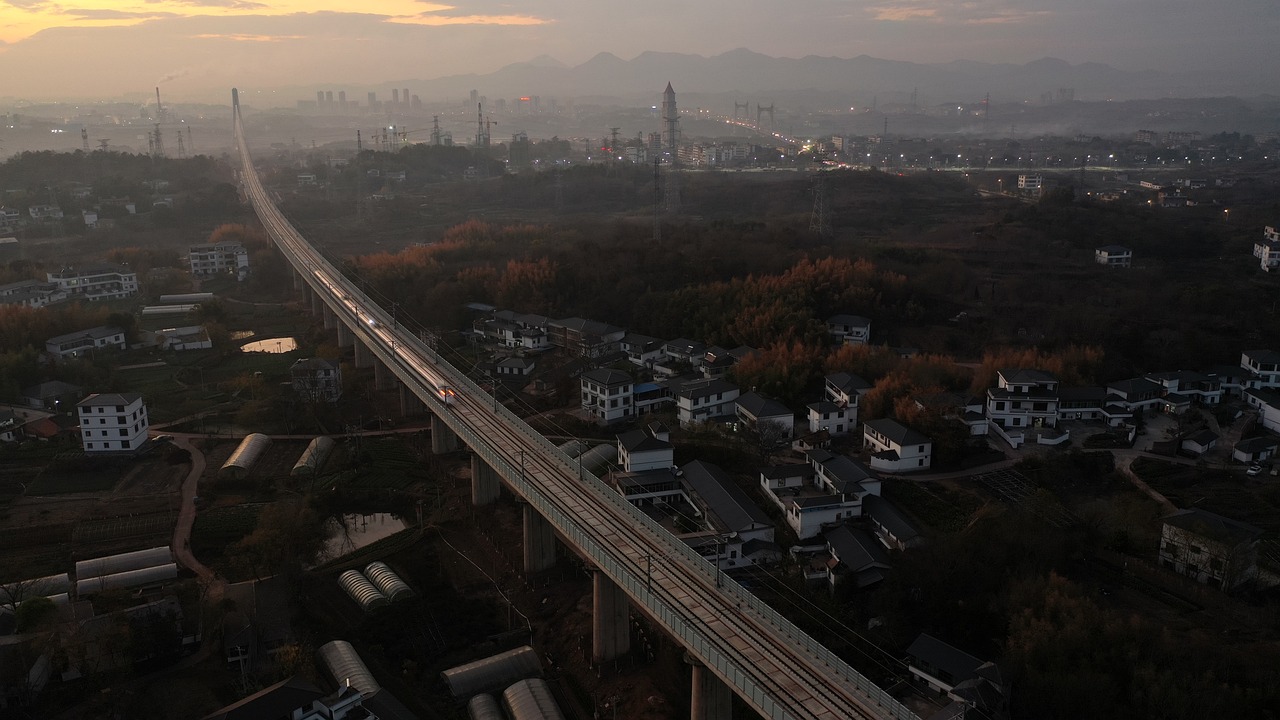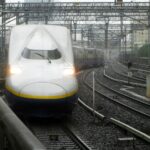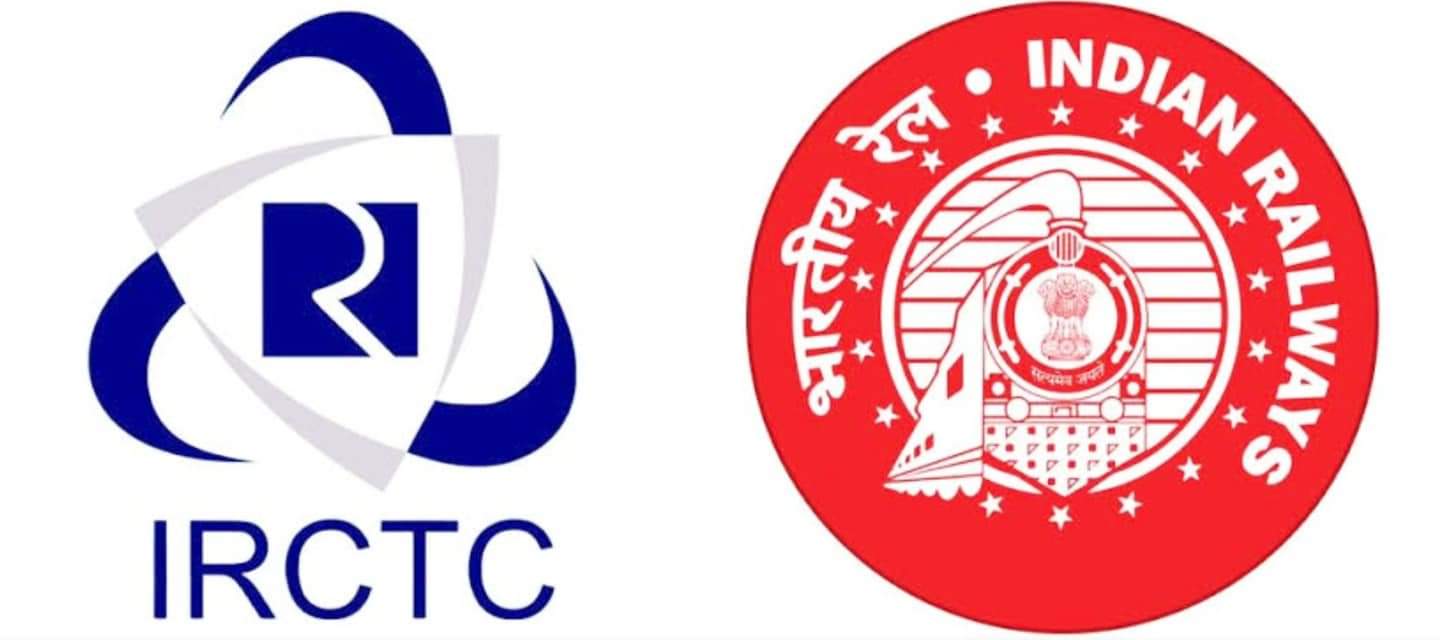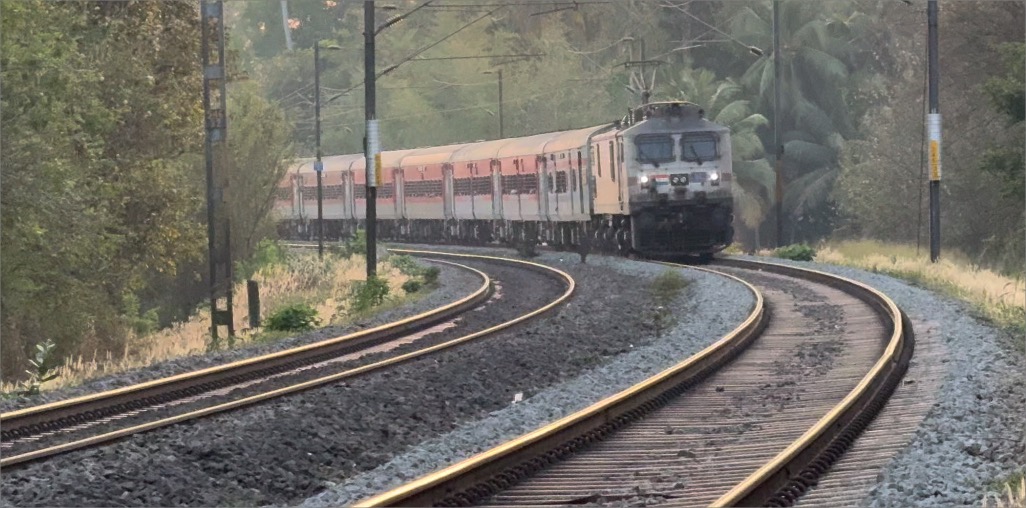The Fast Track Revolution: Decoding China’s High-Speed Rail Success in 15 Years
One cannot help but marvel at China’s high-speed rail (HSR) network, a modern-day odyssey that stands as a testament to rapid technological, economic, and infrastructural advancement. This journey, which impressively unfurled over a mere 15 years, witnesses China not just launching its first high-speed train but expanding into the world’s most extensive and sophisticated bullet train system.
The roots of this transformative voyage trace back to 2008, with the inaugural Beijing-Tianjin Intercity Railway. This leap was more than a showcase of speed; it was a strategic move emblematic of foresight and national ambition. Recognizing the multifaceted value of HSR, China harnessed this force to propel various sectors forward, seamlessly integrating distant provinces and megacities.
China’s approach was and continues to be, multifaceted and determined. The government’s colossal investment served as a primary catalyst. Hundreds of billions of dollars were funneled into these iron arteries, considered not mere transport routes but as lifelines energizing the economy, redistributing population clusters, and bridging the developmental chasm between rural and urban sectors.
Technology, meanwhile, played a pivotal role. Initially, international technologies provided the foundation, but the script soon flipped. With a concerted focus on innovation, China birthed homegrown technological marvels – the Hexie and Fuxing trains. These domestic gems, capable of blistering speeds over 350 km/h, reduced travel times by hours, sometimes rivaling air travel after considering airport procedures.
This transformative endeavor spans over 35,000 kilometers, knitting the vast nation together, and the impact transcends mere geography. We’re witnessing a cultural shift; the HSR influences migration, employment, urban-rural dynamics, and even the Chinese lifestyle and work culture. Furthermore, it bolsters the tourism industry, unlocking several hidden gems across the country’s diverse landscape.
However, this path was strewn with obstacles and criticisms, from financial sustainability, operational efficiency, to environmental repercussions. The mammoth costs incurred raised alarms about debt sustainability and the risk of “white elephant” projects. However, most of these projects broke even, thanks to the massive ridership and strategic subsidization.
In terms of environmental implications, while construction posed significant challenges, the operational phase marked a greener shift. The trains offered a more eco-friendly alternative to airplanes, aligning with China’s commitment to reduce carbon emissions.
The ripple effects of China’s HSR odyssey are palpable globally. With the Belt and Road Initiative, China eyes the horizons beyond, seeking to interlink neighboring countries, potentially revolutionizing Eurasian transportation.
From being a follower in global rail technology to becoming a recognized leader, China’s 15-year sojourn is nothing short of inspiring. It reflects a compelling narrative of vision, resilience, and technological prowess. As we brace for future expansions, including maglev trains, China’s HSR journey offers invaluable lessons in national development through transportation, echoing through time and space.
Hey there! 😊 We run a small YouTube channel for Roads & Rails, and we'd love your support! Now the channel features daily Rail fanning videos.. Please Hit that subscribe button to help us stay inspired and create even more exciting content. Got questions, feedback, or ideas for collaboration? We’d love to hear from you! Drop us a message at mail@roadsandrails.org. Thanks for being part of our journey!













